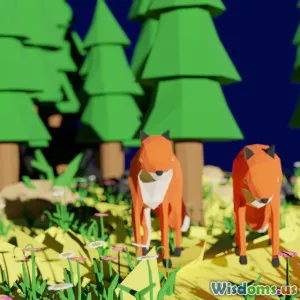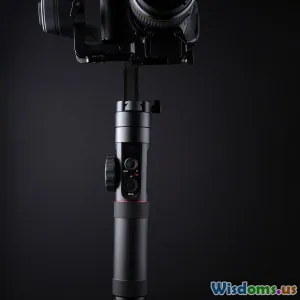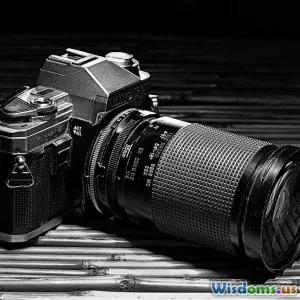
Should You Learn 2D Or 3D Animation First
16 min read Explore whether to start with 2D or 3D animation, comparing skills, learning curves, and career opportunities to help beginners make informed choices. (0 Reviews)
Should You Learn 2D or 3D Animation First?
Animation is everywhere: from movies and TV shows to video games and online content. For newcomers, the animation world stands divided between two main fields—2D and 3D animation. Deciding which to learn first can shape your career, portfolio, and creative expression. But what distinguishes 2D from 3D animation, and which one makes the better starting point for beginners? Let’s dive deep into both realms, exploring practical considerations and real-world examples to help you choose wisely.
Understanding the Core Differences

At its heart, 2D animation deals with objects rendered on a flat plane—height and width, but no depth. Classic hand-drawn cartoons like "The Lion King" (1994) or modern digital animations like "Adventure Time" use this style. Each movement is animated by shifting drawings frame by frame.
3D animation, meanwhile, brings in depth. Think of Pixar’s "Toy Story" or the latest blockbuster game cutscenes. Characters are modelled, rigged like digital puppets, and moved through three-dimensional digital space.
Key distinctions:
- 2D: Think sketching, frame-by-frame movement, strong focus on drawing skills, and stylized visual freedom.
- 3D: Involves modelling, rigging skeletons, and using physics-based lighting; workflow resembles a blend of sculpting, puppeteering, and virtual cinematography.
Understanding these technical and creative differences is vital because your inclination toward drawing, sculpting, or technical workflows may naturally lead you toward one discipline over the other.
2D Animation: Foundations, Flexibility, and Immediacy
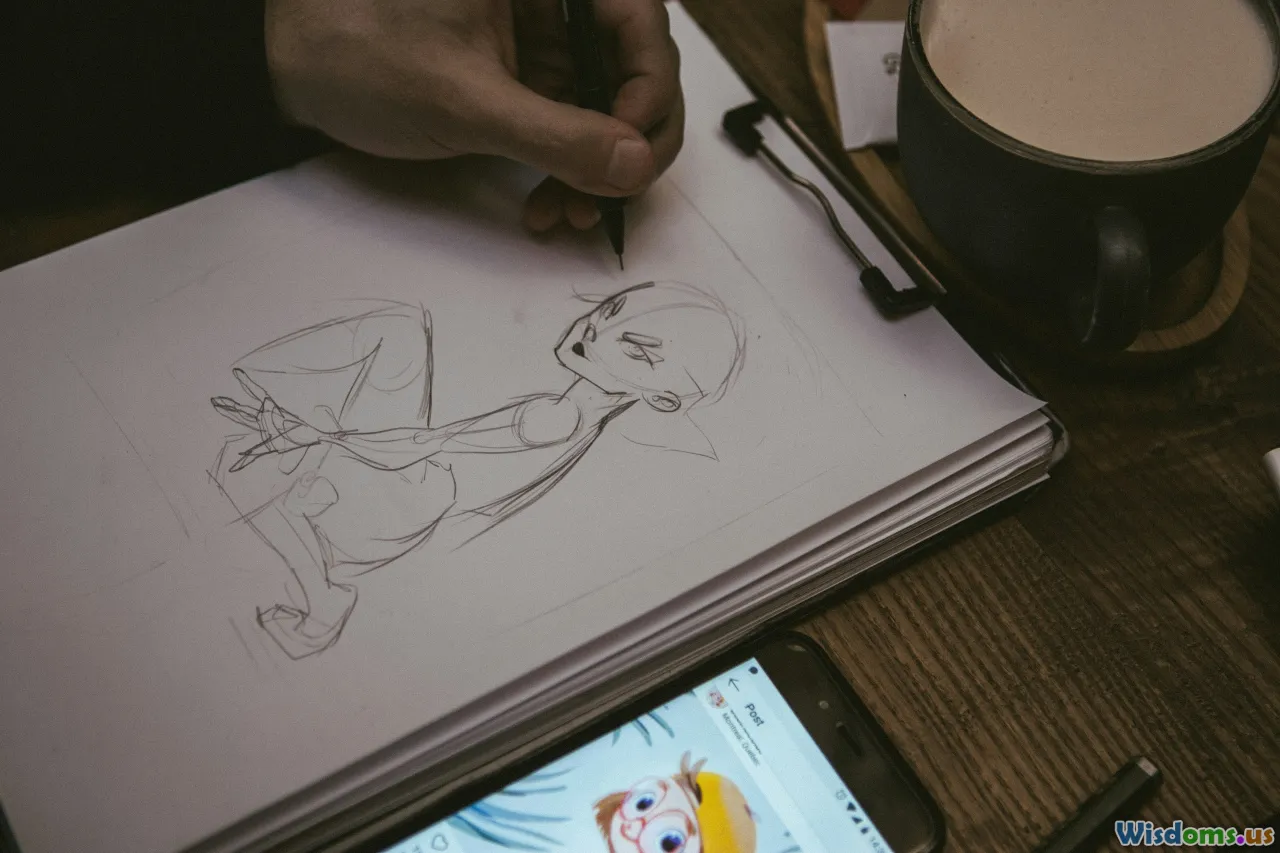
2D animation boasts a rich history that goes back over a century. Despite the evolution of digital tools, the basic principle remains: animate through sequential imagery, whether by hand or digital stylus.
Why 2D is Often Recommended First
1. Builds Fundamental Principles Learning 2D animation teaches timing, squash and stretch, anticipation, and exaggeration—core tenets detailed in Frank Thomas and Ollie Johnston's legendary book, "The Animator’s Survival Kit." These rules apply in 3D too, but in 2D, learners must visualize and actively construct every transition, deepening understanding.
2. Immediate Feedback and Fewer Technical Barriers 2D workflows let you sketch simple stick figures and instantly see your results. Tools like Adobe Animate, Toon Boom Harmony, or even free programs like Krita lower the barrier for experimentation. There's no need to learn 3D modelling or complex rendering right away.
3. Vast Applicability 2D animation skills translate well to:
- Explainer videos
- YouTube channels
- Indie video games
- Apps and UI/UX prototyping
- Advertisements and infographics
For those keen to tell stories, illustrate concepts, or support marketing, 2D provides agility and accessibility.
Example: A Beginner’s First Project
Suppose you want to animate a bouncing ball. In 2D animation, you sketch the path, adjust the ball’s shape for impact frames (squash at the lowest point), and witness how subtle timing shifts affect illusion of weight. Such exercises—recommended in animation schools worldwide—highlight fundamental principles crucial before diving into high-tech 3D rigs.
3D Animation: Depth, Realism, and Expanding Possibilities
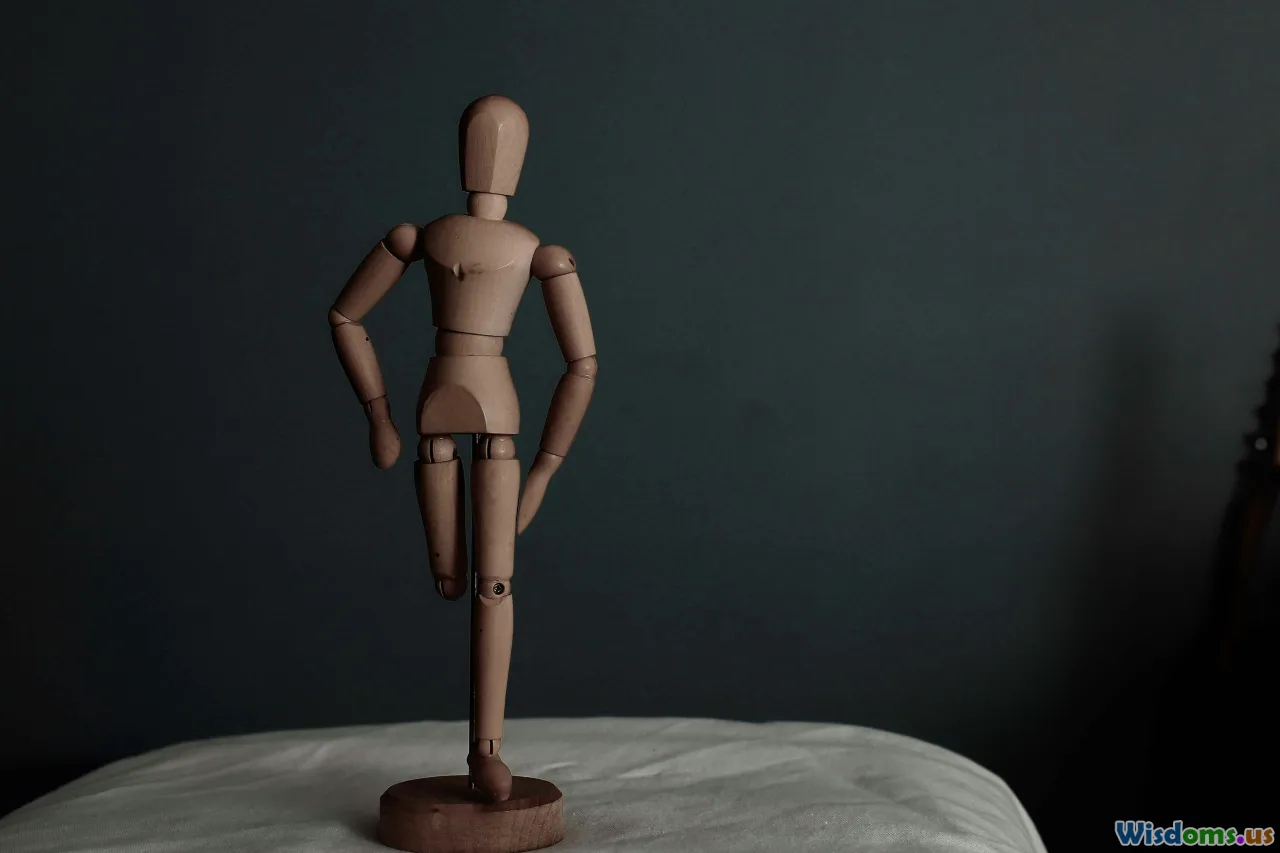
Modern entertainment leans heavily on 3D: blockbuster movies, stunning video game cinematics, virtual reality, and simulations all exploit 3D technology’s power.
When 3D Animation Is the Better Starting Place
1. Industry Demand and Versatility Major film studios, gaming titans like Ubisoft, EA, or Blizzard, and the VFX industry (think "Avengers") rely on 3D animation. Learning 3D skills early can open doors to a broader array of roles, from character animator to technical director to virtual environment designer.
2. No Drawing? No Problem While artistic sensibility helps, 3D animators don’t require superb freehand drawing skills. You animate ready-made models or use character generators. The focus shifts from line work to manipulation of form, spatial reasoning, and mastery of complex software like Autodesk Maya, Blender, or Cinema 4D.
3. Realism and Photorealistic Rendering 3D tools can mimic camera angles, simulate natural lighting, and animate realistic physics. If you aspire to work in realism or want to participate in cutting-edge tech (e.g., augmented reality, VR), starting with 3D could be advantageous.
Example: Animating a Walk Cycle in 3D
Instead of drawing frame by frame, you manipulate the model’s skeleton, position joints, and set keyframes. The software interpolates movement. You refine motions by observing, tweaking, and playing back from different angles—crucial when creating realistic videos or games.
Learning Curves: Which Is Easier for Beginners?
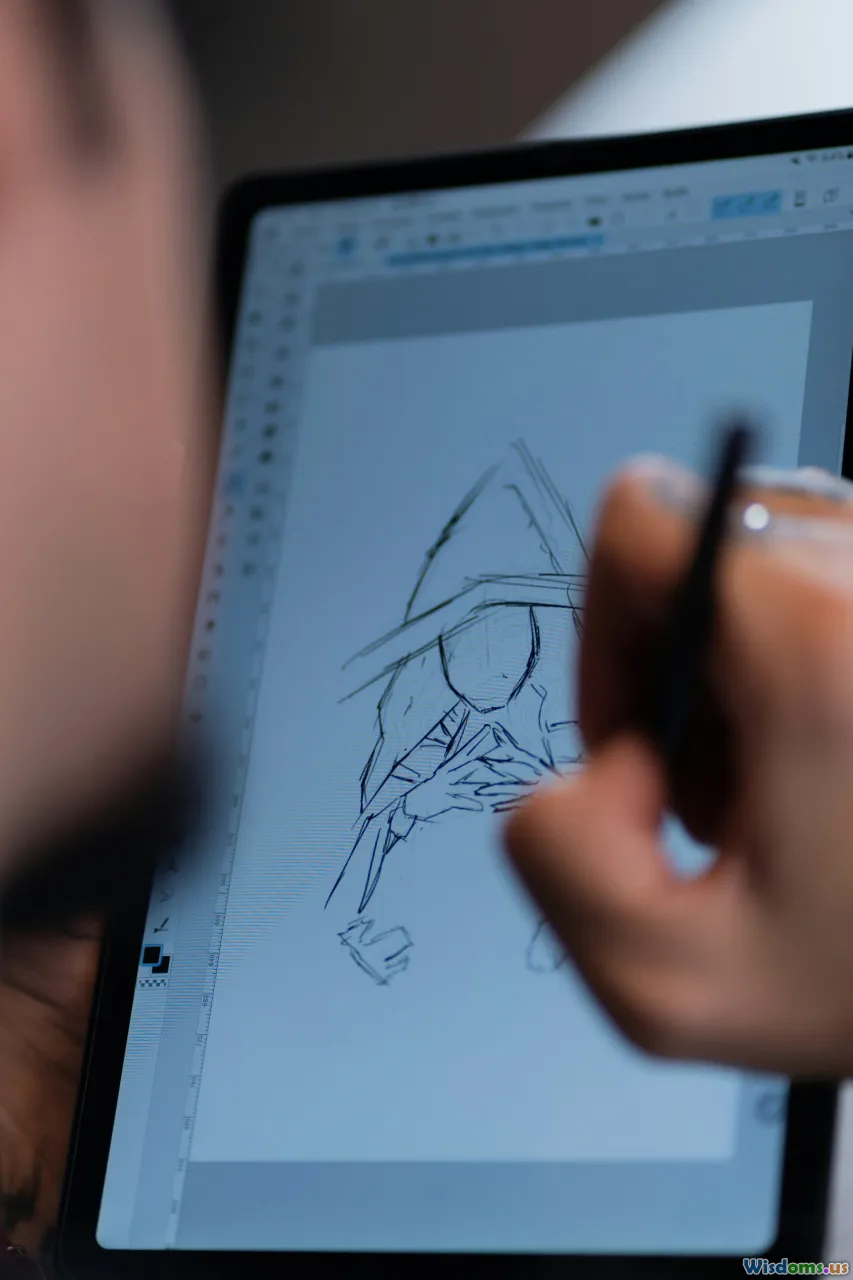
2D: Simpler Tools and Concepts
- Lower barrier to entry: Most anyone can pick up a pencil or tablet and try basic motion.
- Popular beginner-friendly tools: Pencil2D, Flipaclip, Krita, and OpenToonz.
- Immediate results: You control every frame directly, which aids learning. Mistakes are fast to fix.
3D: More Technical, Deeper Skill Stack
- Steep early learning curve: Must learn about 3D space, model rigging, lighting, and rendering pipelines.
- Software can be daunting: Blender, Maya, and similar platforms require both artistic and technical understanding.
- Software and hardware matters: Demands a moderately powerful computer; occasional compatibility hurdles.
Tip: If you’re intimidated by complex software or want to test waters, starting with 2D is more approachable and less resource-intensive.
Career Aspirations: Matching Animation to Your Goals
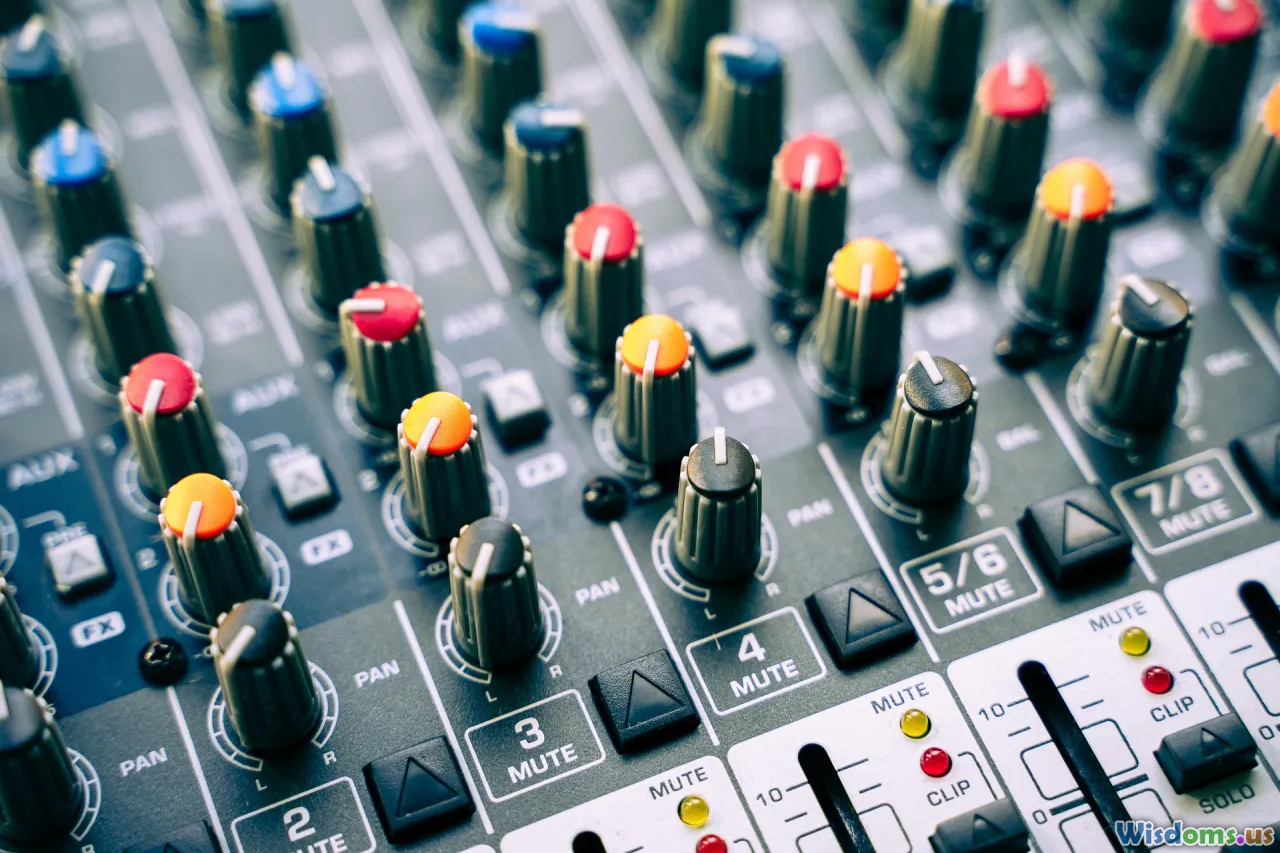
Film and TV Storytelling
- 2D dominates in children’s programming, web series, and indie animations.
- 3D rules CGI-heavy movies, feature animation, and high-end commercials.
Gaming and Interactive Media
- 2D: Indie game studios often prefer stylized 2D for mobile or pixel-art games (e.g., "Hollow Knight", "Celeste").
- 3D: AAA games universally depend on 3D for both environments and characters (e.g., "The Last of Us", "Overwatch").
Advertising and Explainers
- 2D: Common for explainer videos, motion graphics, social media content (think about the kinetic text and iconic mascot animations on YouTube, Instagram, and TikTok).
- 3D: Ideal for product visualization, automotive ads, and immersive installations.
VR/AR and Technological Innovation
- 3D animation is integral, driving the development of assets and experiences for metaverse content, architectural previews, and simulation training.
Artistic Personal Projects
- If you’re drawn to tactile illustration, comic or cartoon-inspired aesthetics, 2D may feel like home.
- If you’re intrigued by digital sculpture, lighting, or complex visuals, 3D will open a fascinating toolbox.
From 2D to 3D: Is One a Prerequisite for the Other?
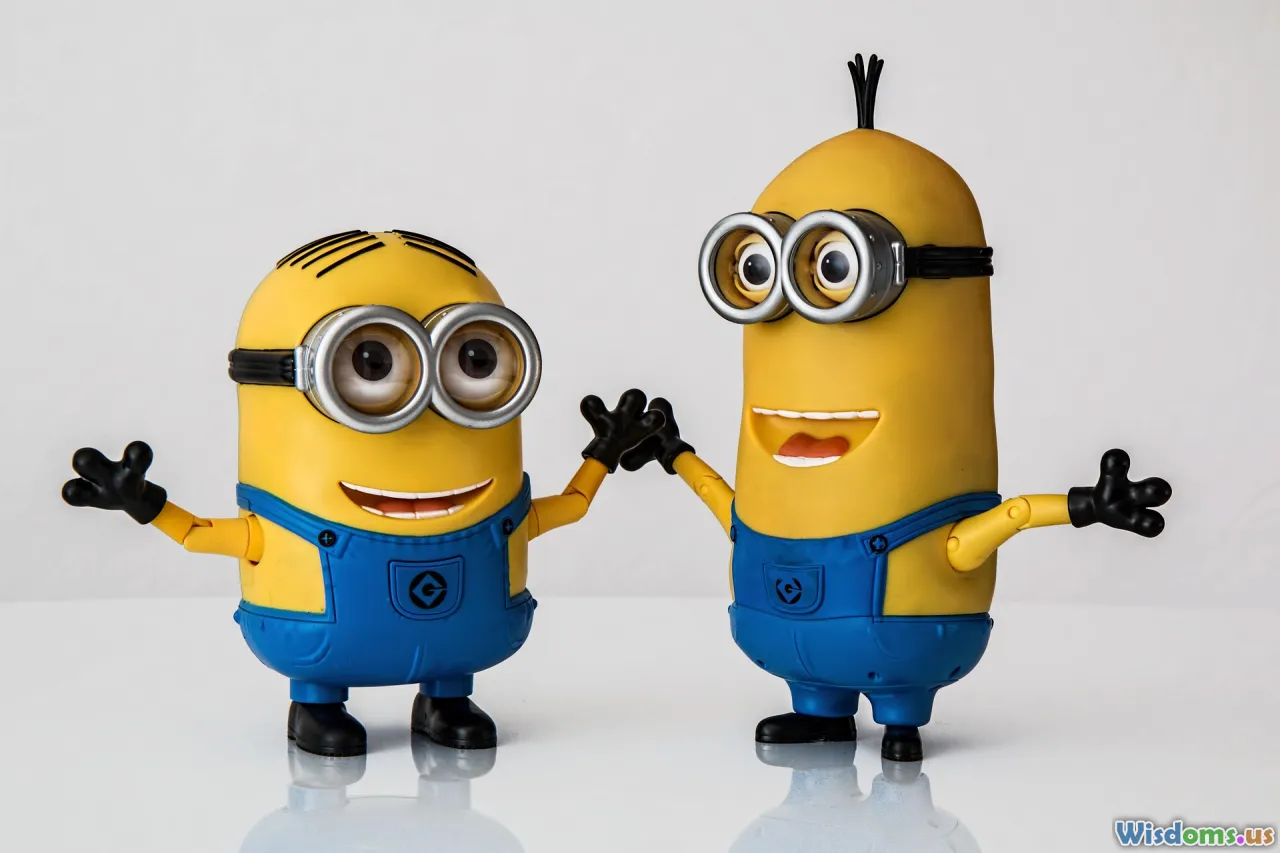
Some professional animators advocate for starting in 2D to solidify animation’s fundamental principles—timing, spacing, and weight—before tackling the technological leap that is 3D. Historically, top studios like Disney and Pixar train their animators rooted in these basics.
However, times are changing. Blender’s grease pencil tool even lets creators switch seamlessly between 2D and 3D workflows, blending expressive hand-drawn looks inside a 3D environment. Story artists increasingly bridge both worlds to produce hybrid styles seen in films like "Spider-Man: Into the Spider-Verse" or "Klaus".
In short: You don’t have to master one before the other, but a solid grounding in classical 2D animation gives you a leg up, especially if you later aim to animate expressive characters in 3D.
How to Decide: Actionable Advice for Beginners

Ask Yourself:
- What excites you more—drawing frames or manipulating meshes?
- Are you inspired by anime, Saturday morning cartoons, or cinematic adventures with photoreal characters?
- How comfortable are you with new software, or do you prefer hands-on, tactile creation?
Recommendations Based on Goals and Personality
-
Aspiring Storyteller or Cartoonist: Start with 2D if you love illustration, comics, or want to develop storyboarding skills. Building a drawing practice will help you animate expressive characters and scenes.
-
Tech-Savvy Visualizer: Jump into 3D if you’re fascinated by video game characters, cinema-quality VFX, or interactive environments. Technical curiosity and patience for complex tools will serve you well.
-
Hybrid Interests: Consider starting in 2D to grasp fundamentals, then transition to 3D as your skills grow. Many professional pipelines require proficiency in both, and dual skills can set your resume apart.
Starting Small, Building Gradually
Animation, whichever path you pick, is a marathon—not a sprint. Begin with small projects: a bouncing ball in 2D, a simple walk cycle in 3D. Seek feedback, iterate often, and nurture your visual literacy (watch, analyze, and study favorite animations).
Enrich your practice by reading industry resources like Aaron Blaise’s tutorials, the "12 Principles of Animation," and community forums such as r/animation (Reddit) or Stack Exchange. New learners today can access countless YouTube breakdowns, skill-sharing platforms, and open-source projects to boot.
Learn from the Pros: Career Journeys and Perspectives

Leading animators and studios offer varied takes on which path to take. For example, Glen Keane (Disney legend) started with classical 2D but learned 3D later for projects like "Duet" and "Over the Moon." Conversely, artists in the game industry may specialize in 3D from the outset if they pivot toward real-time animation and rigging for Unity or Unreal Engine-powered experiences.
Some universities structure their curriculum to start with foundational 2D courses—life drawing, principles of animation—before advancing to 3D tools. Others run parallel tracks, catering to student preference, while emphasizing creativity rather than rigid sequencing.
Fact: According to a 2022 Animation Guild survey, hybrid animators with a grasp of both fields report higher rates of employment and project flexibility.
Learning Resources: Platforms and Communities

Whether 2D or 3D, the digital era has democratized access to world-class animation education. Here’s where to get started:
For 2D Beginners:
- Krita – free illustration and animation tool.
- Toon Boom Harmony – industry-leading (used by studios like Cartoon Network).
- YouTube channels like Alan Becker or Gwenn Germain.
For 3D Beginners:
- Blender – free, open-source, deeply powerful.
- Autodesk Maya – standard in film and games (educational licenses available).
- CG Cookie and Udemy courses for foundational walkthroughs.
Community Inspiration:
- r/animation
- 11 Second Club (monthly animation contest)
- ArtStation
Explore platforms, connect with peers, and critique each other’s work—ongoing feedback is crucial at every step.
Final Thoughts: Your Unique Animation Journey

Deciding whether to learn 2D or 3D animation first hinges on your interests, goals, and preferred creative process. Both disciplines require dedication, patience, and openness to continual learning. By matching your learning path to your passions—and not shying away from cross-pollinating skills—you’ll find your own voice in the kaleidoscopic world of animation.
Animation, fundamentally, is about storytelling through movement. Whether you start on a sketchpad or with a digital rig, every practice session brings you closer to expressing ideas that move and delight the world.
Rate the Post
User Reviews
Popular Posts











